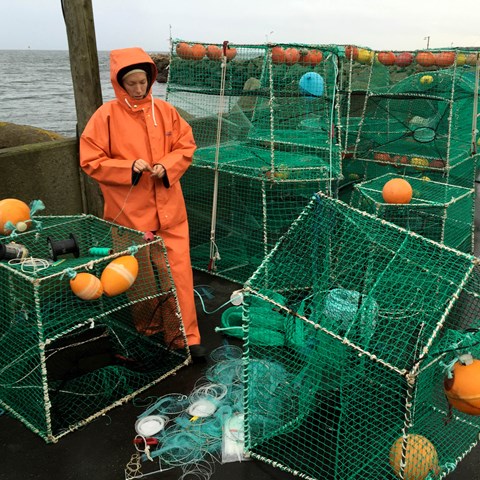Contact
Örjan Östman, Senior Lecturer, Director of Studies - basic education
Department of Aquatic Resources, SLU
orjan.ostman@slu.se, +46 10 478 41 53

Do you want to work with marine biology, marine ecology, freshwater biology, freshwater ecology or sustainable development? Make a difference for the Baltic Sea, the Skagerrak or Kattegat, for lakes or running waters! As a thesis worker at our department, you will get the chance to deal with real problems in ongoing research projects, and have supervisors who are Sweden's leading experts in the field. You get to use theoretical knowledge in practice, and get the chance to participate in exciting fieldwork.
Our current calls concern a variety of topics in our field, such as fish, fisheries, shellfish, seals, waterfowl, ecosystems and sustainability issues.
Have a look at the bachelor thesis projects (15 ECTS) on our website, or the master thesis (30/60 ECTS) projects. Some of the projects for the bachelor can be extended into a master thesis.
Örjan Östman, Senior Lecturer, Director of Studies - basic education
Department of Aquatic Resources, SLU
orjan.ostman@slu.se, +46 10 478 41 53